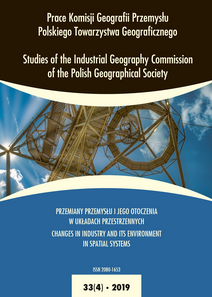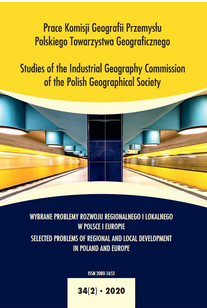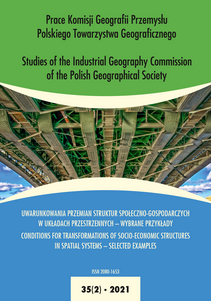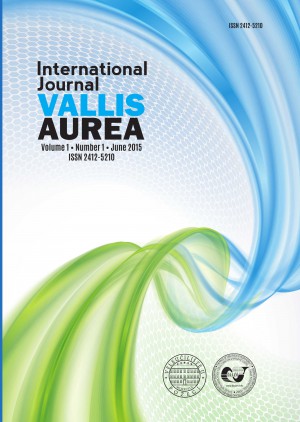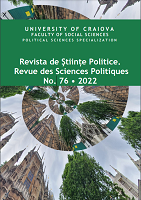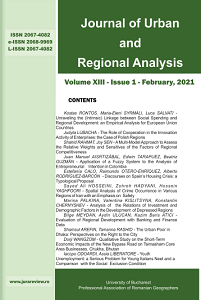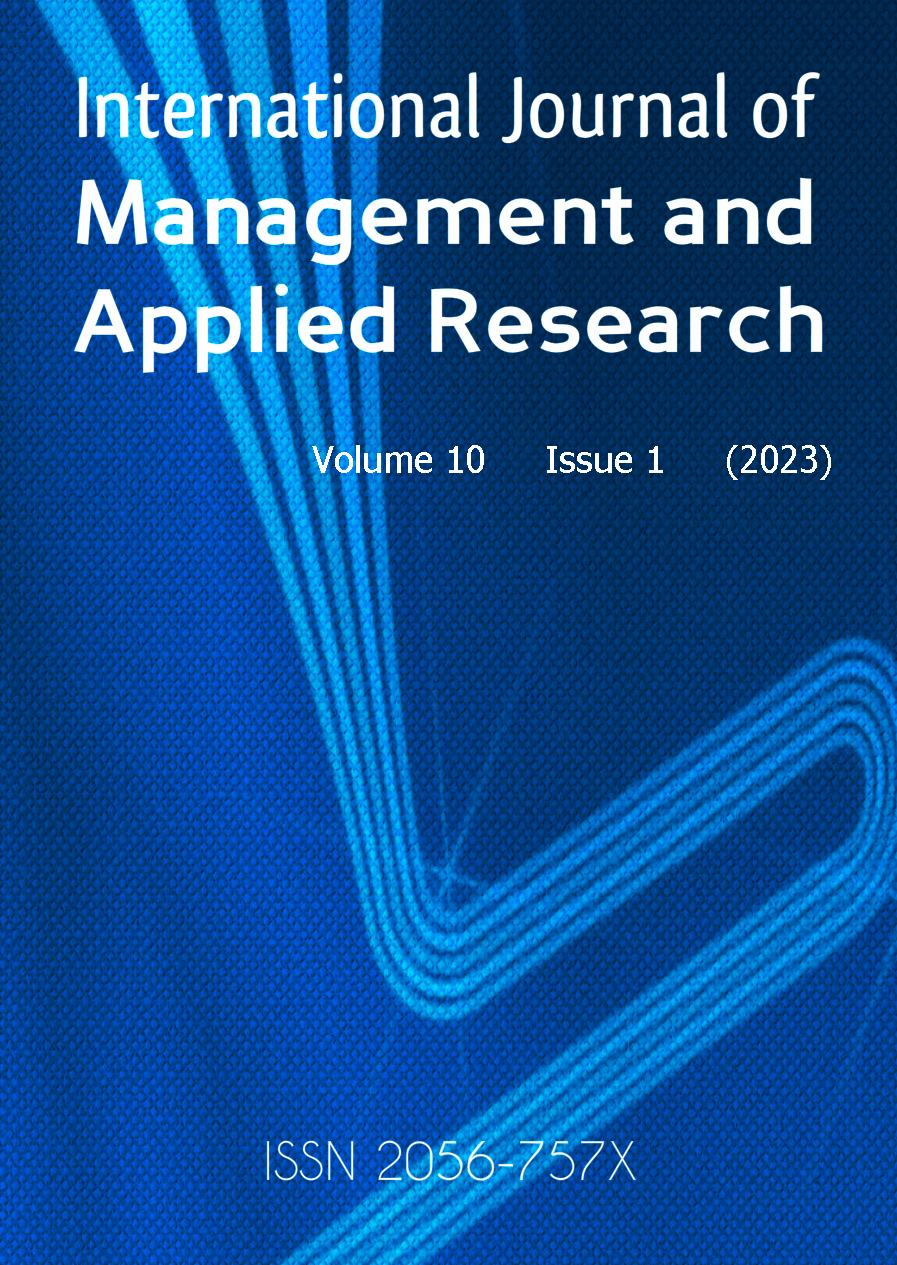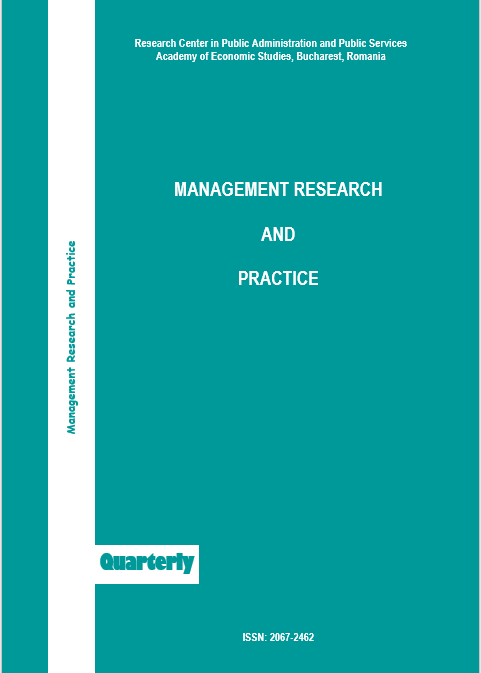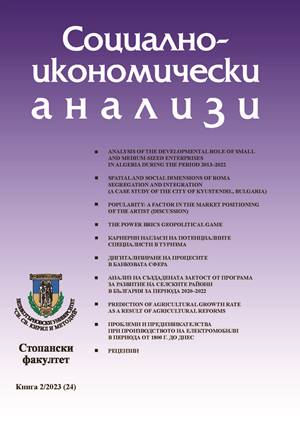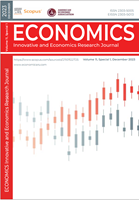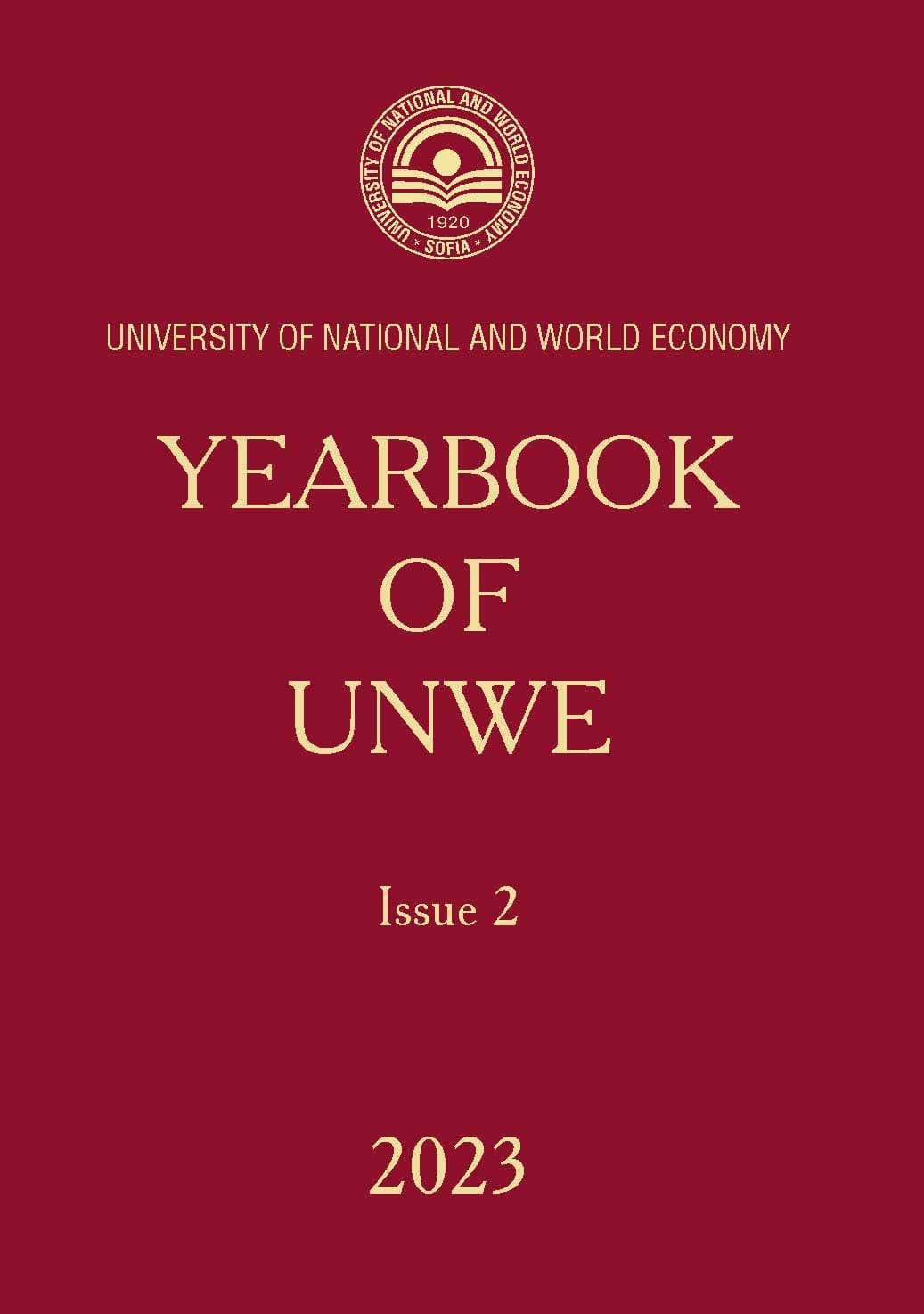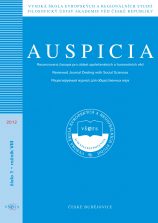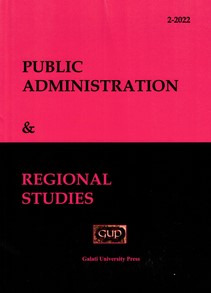Author(s): Ludmila Semerun,Kostiantyn Zhadko,Tetiana Nosova,Viktoriia Vyshnevska / Language(s): Ukrainian
Issue: 8 (41)/2022
The article substantiates the urgency of the problem of risk-oriented management of the enterprise in a pandemic COVID-19. Factors of business destabilization in crisis conditions and specific factors of business destabilization due to the COVID-19 pandemic are characterized by parameters: scale, speed of distribution, duration, labor shortage, external coordination, availability of infrastructure. Specific types of risks, which are caused by the transformation of trends of informatization and digitalization of business in the conditions of coronary crisis, are substantiated. The structural and logical scheme of identification and quantitative assessment of enterprise risks in the conditions of COVID-19 pandemic spread has been developed. The methodical toolkit of complex risk assessment, which is based on the construction of the RISK-navigator matrix, takes into account the basis of local risk assessment by groups: sales, logistics, competence, social, communication, information, digital risk, risk of unforeseen competition, reputation and allows reasonable assessment to the negative consequences of the COVID-19 crisis. The study argues that the advantage of the RISK-navigator matrix is the collection of information on risk control for certain segments and the selection of an appropriate method of reducing each of them based on the development of an effective program of measures to minimize them and the possibility of risk movement to identify risk characteristics. Identification of dynamic, pendulum and migratory risks that are most critical for the enterprise. A scale for assessing the company's vulnerability to the negative consequences of the COVID-19 crisis has been developed, which determines the level of risk (catastrophic, critical, acceptable) and proposes basic measures to minimize risks and increase the margin of safety in a pandemic. A system of risk management standards has been formed, the implementation of which in the practical activities of domestic enterprises will allow to form an effective system of risk-oriented management.
More...


